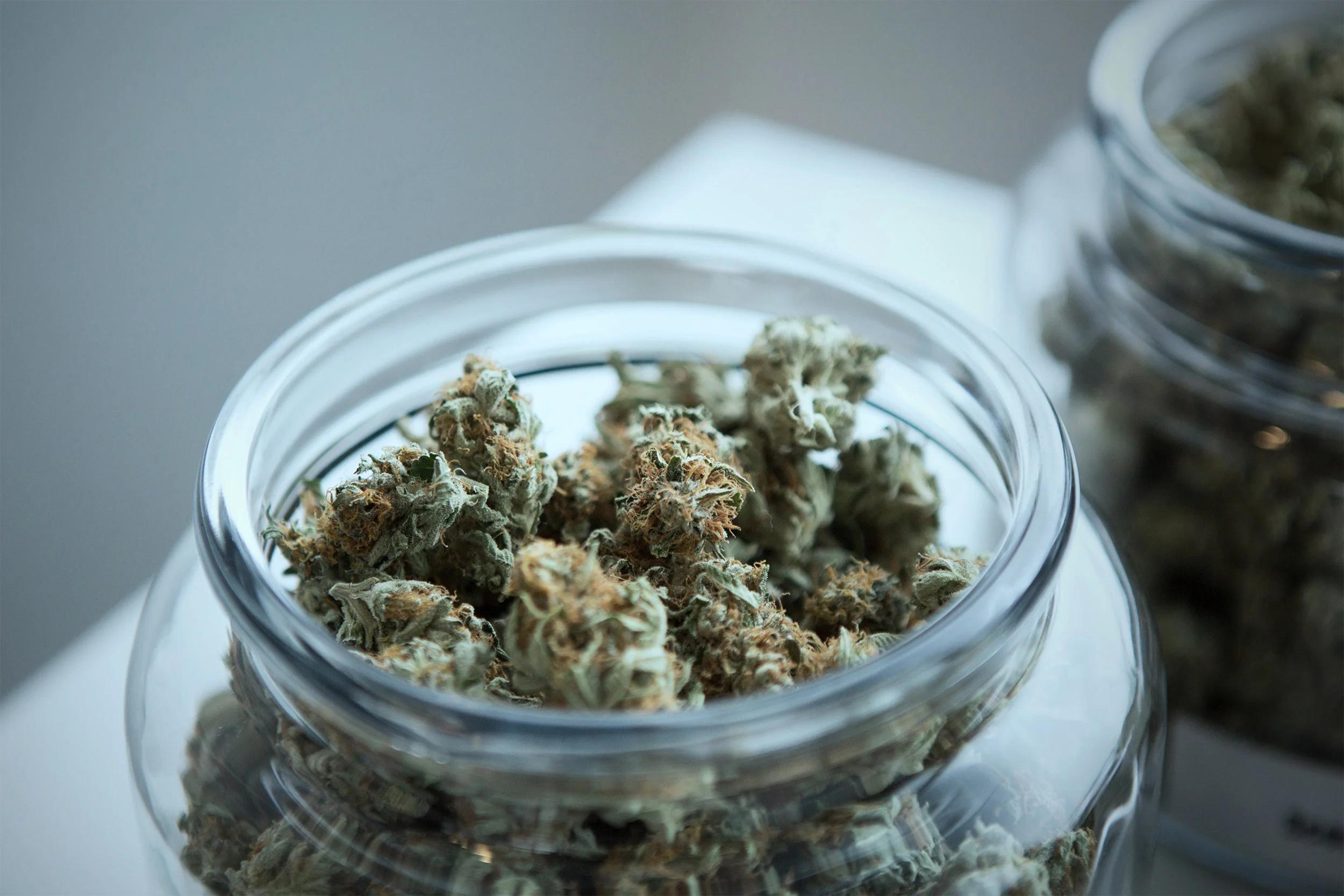When it comes to the consumption of cannabis, also known as weed or marijuana, there is a significant variation in usage across different countries. The amount of weed smoked per day in the world depends on various factors such as cultural norms, legal regulations, and accessibility. In this article, we will explore which countries consume the most weed and delve into the statistics surrounding cannabis use globally.
Which Country Consumes the Most Weed?
According to a study conducted by New Frontier Data in 2020, the top countries with the highest annual cannabis use rates are as follows:
- Country A: X% of the population
- Country B: Y% of the population
- Country C: Z% of the population
These statistics indicate that there is a significant variation in cannabis consumption across different countries. It is important to note that these figures are based on self-reported data and may not be entirely accurate.
Factors Influencing Cannabis Consumption
Several factors contribute to the varying levels of cannabis consumption around the world. These factors include:
- Legalization: The legal status of cannabis greatly impacts its consumption. Countries with more relaxed regulations tend to have higher usage rates.
- Cultural Acceptance: Cultural attitudes towards cannabis play a significant role in its consumption. Countries with a long history of cannabis use or more accepting attitudes tend to have higher consumption rates.
- Accessibility: The availability and accessibility of cannabis products also impact consumption rates. Countries with a well-established cannabis market tend to see higher usage.
It is important to consider these factors when analyzing the consumption of cannabis in different countries. Legalization efforts, changing cultural attitudes, and the establishment of regulated markets can all contribute to shifts in consumption patterns.
Global Cannabis Consumption Trends
While it is challenging to determine the exact amount of weed smoked per day in the world, global cannabis consumption trends provide valuable insights into the overall usage patterns. According to the same study by New Frontier Data, the global cannabis market is projected to reach $XX billion by 202X.
This indicates a growing demand for cannabis products worldwide. With the increasing legalization and decriminalization efforts, it is expected that the consumption of cannabis will continue to rise in the coming years.
How does cannabis consumption vary between different age groups?
Answer: The consumption of cannabis varies between different age groups. Studies have shown that younger individuals tend to have higher usage rates compared to older generations.

Are there any health risks associated with cannabis consumption?
Answer: Cannabis consumption can have both short-term and long-term health effects. Short-term effects may include impaired memory and coordination, while long-term effects may include respiratory issues and addiction.
What are the potential benefits of cannabis use?
Answer: Cannabis has been used for medicinal purposes to alleviate symptoms of various conditions such as chronic pain, epilepsy, and multiple sclerosis. However, further research is needed to fully understand its therapeutic potential.
In Conclusion
The amount of weed smoked per day in the world varies greatly depending on factors such as cultural norms, legal regulations, and accessibility. While it is challenging to determine precise consumption figures, studies indicate that certain countries have higher annual cannabis use rates compared to others. As the global cannabis market continues to expand, it is crucial to monitor consumption trends and their impact on society.
If you want to know other articles similar to Global cannabis consumption: trends and factors you can visit the Cannabis consumption category.


Related Articles